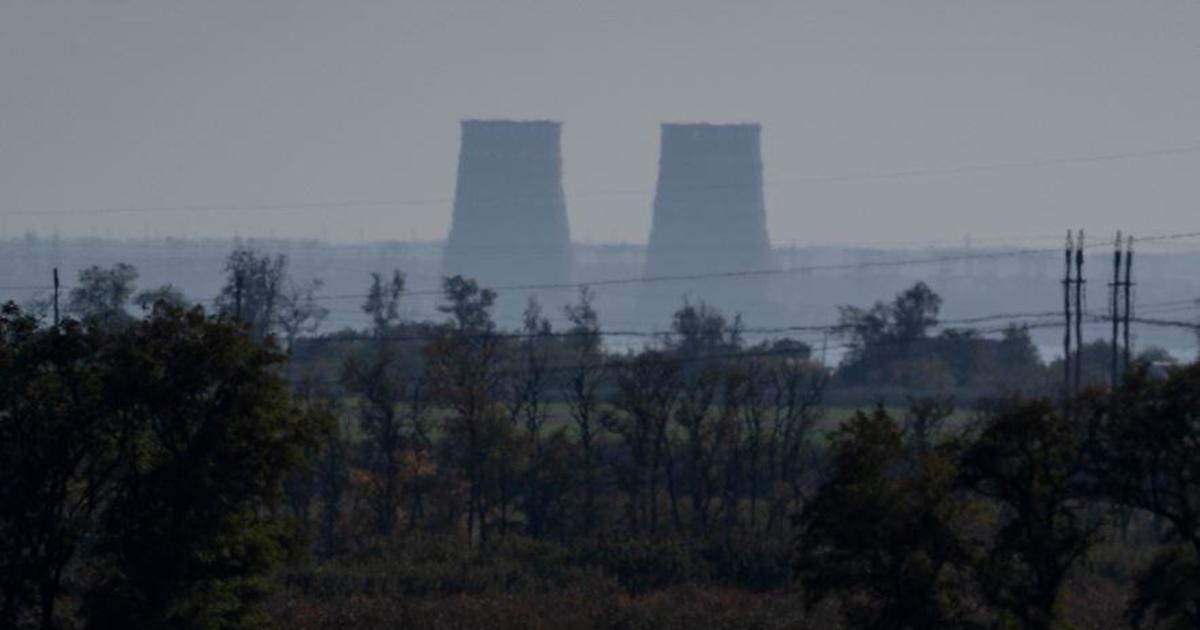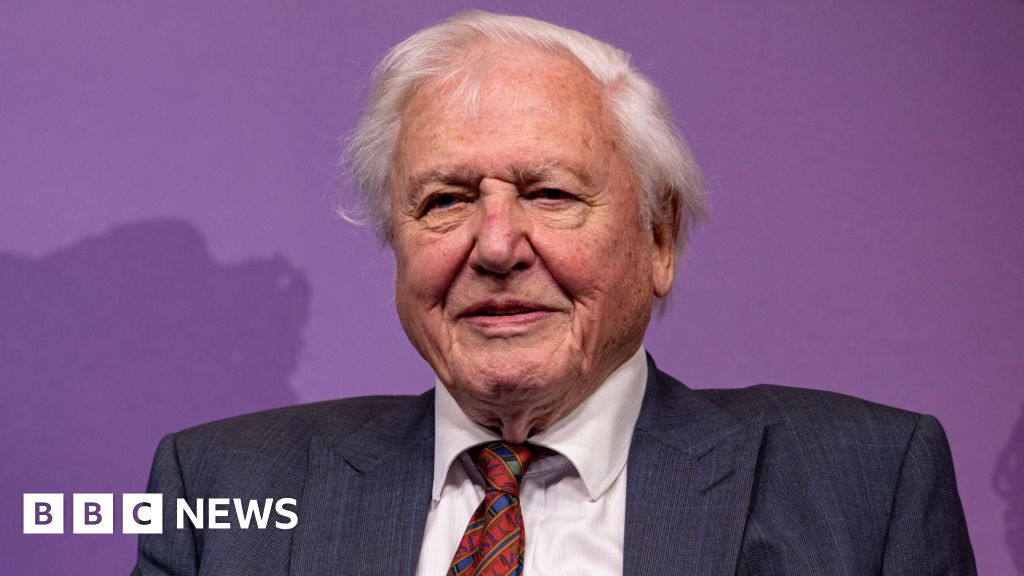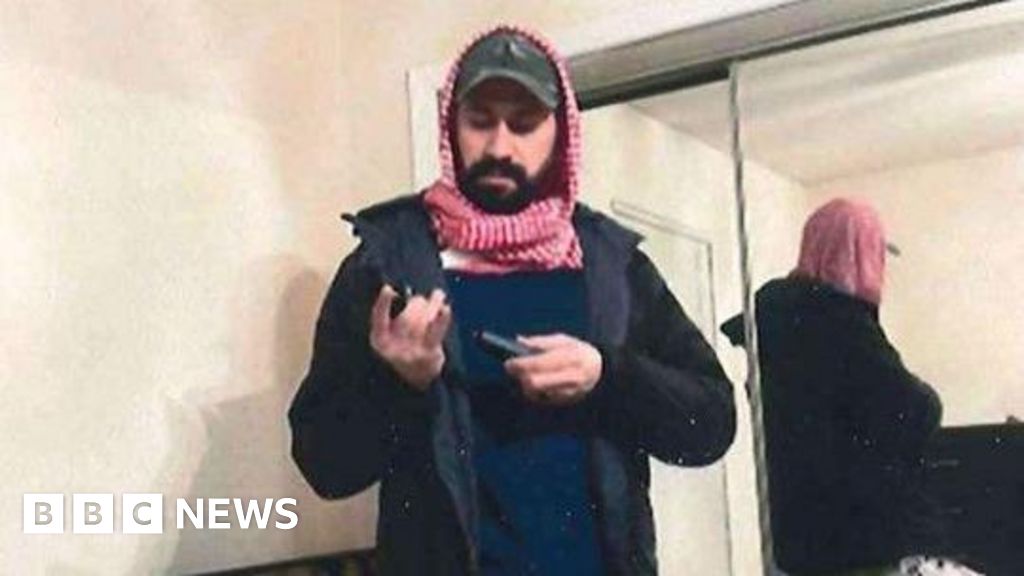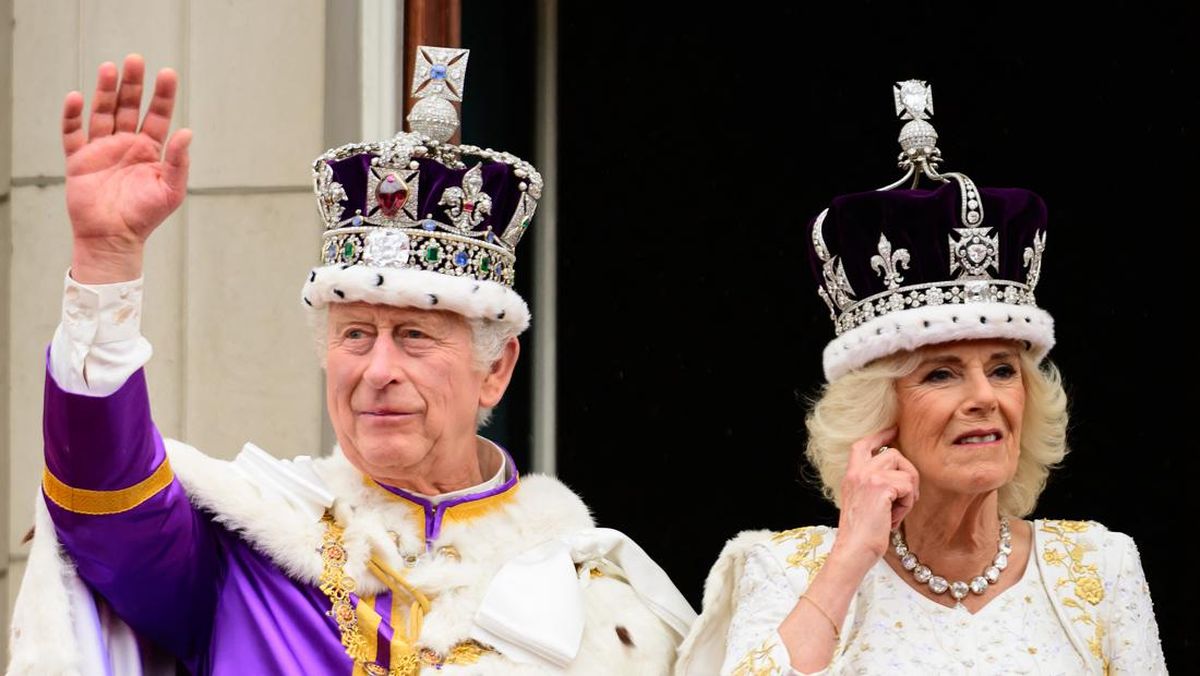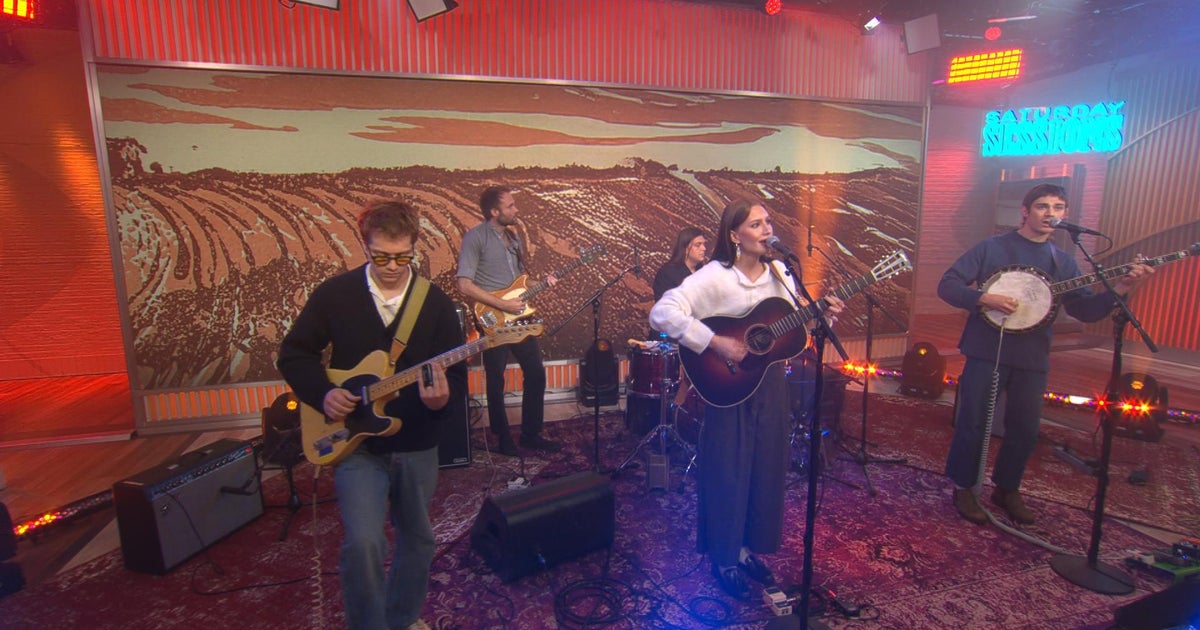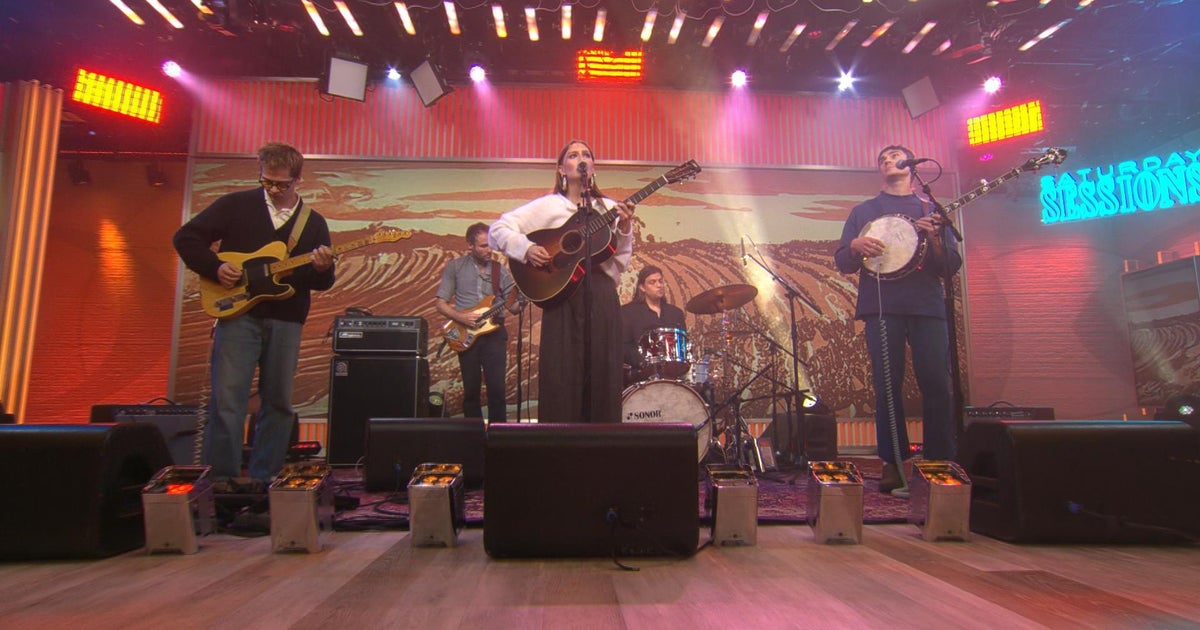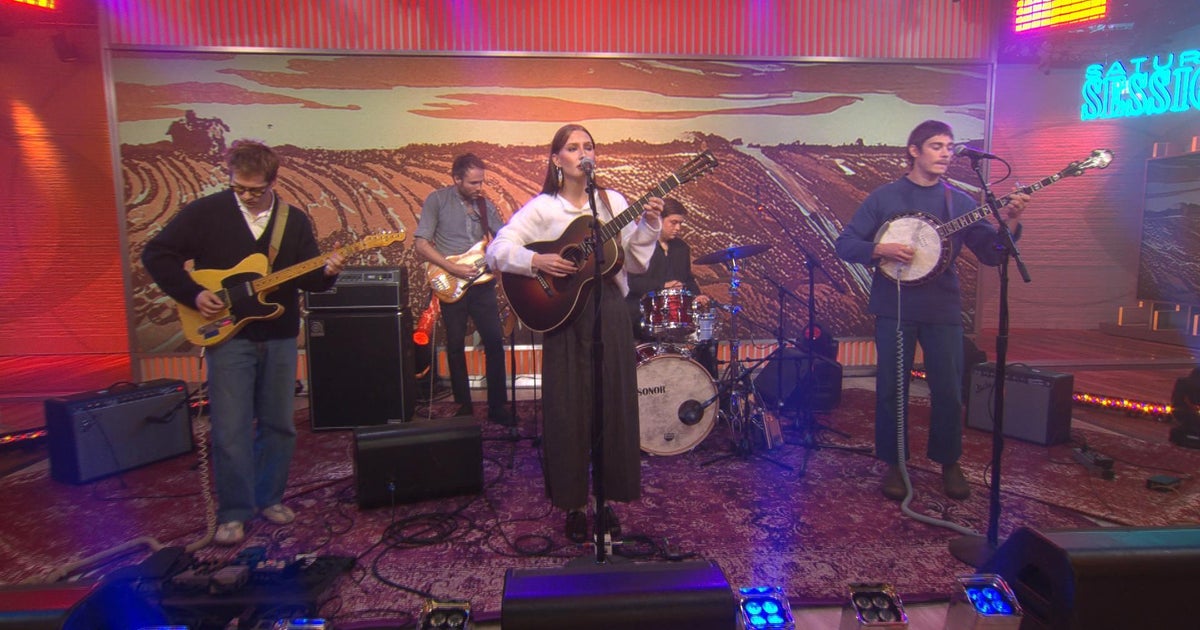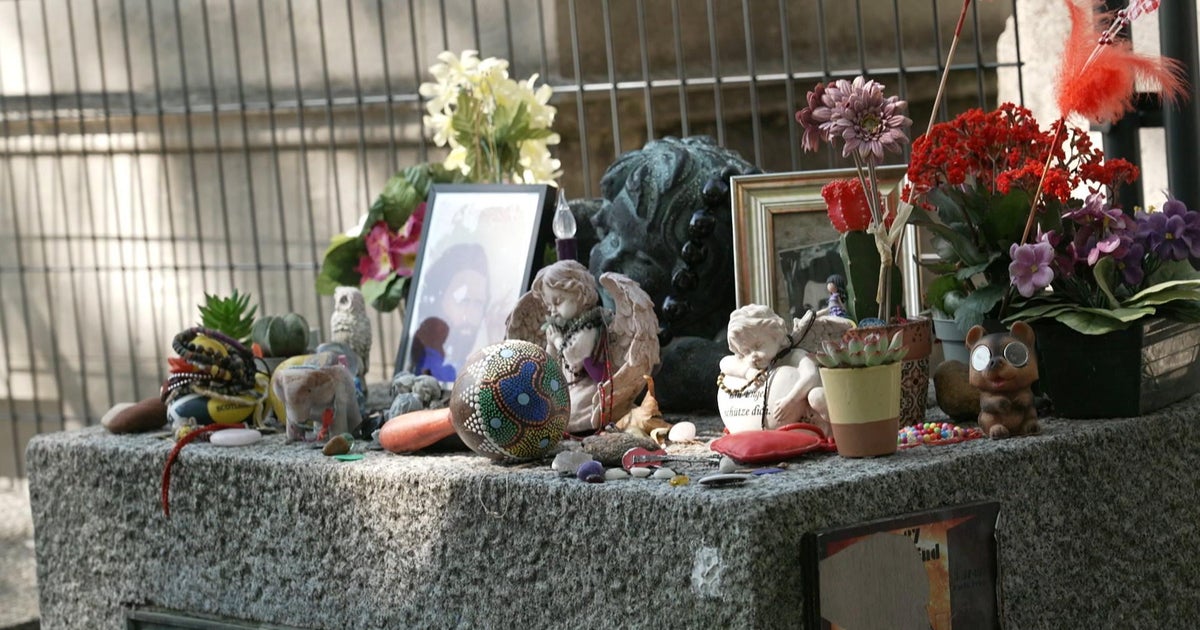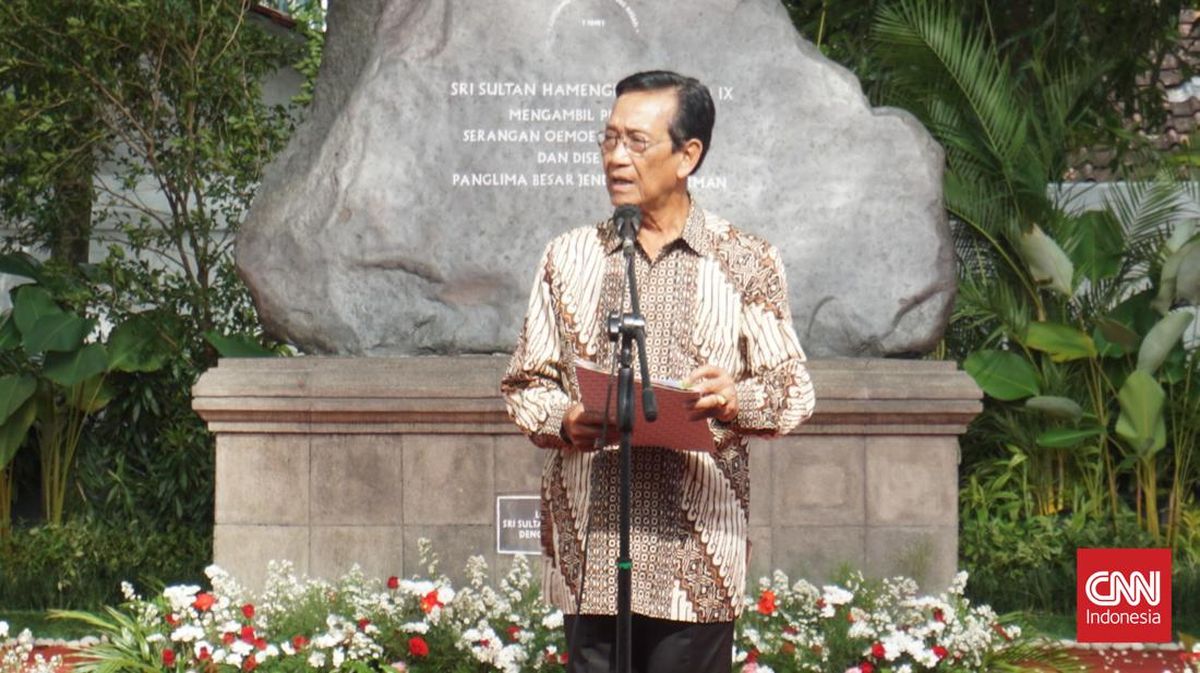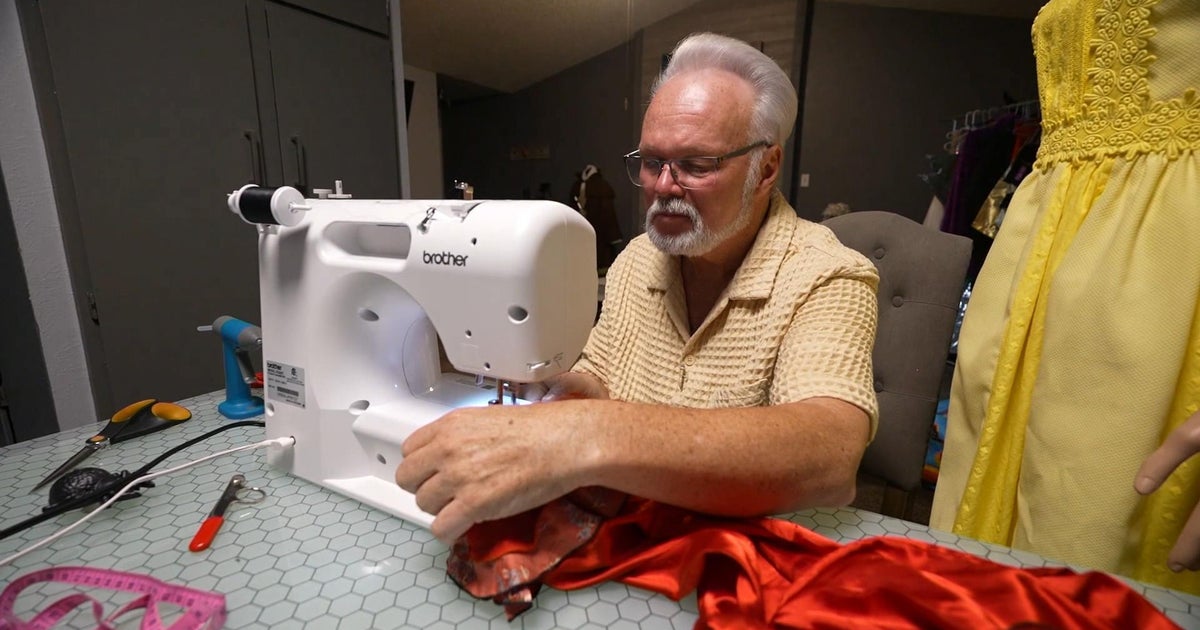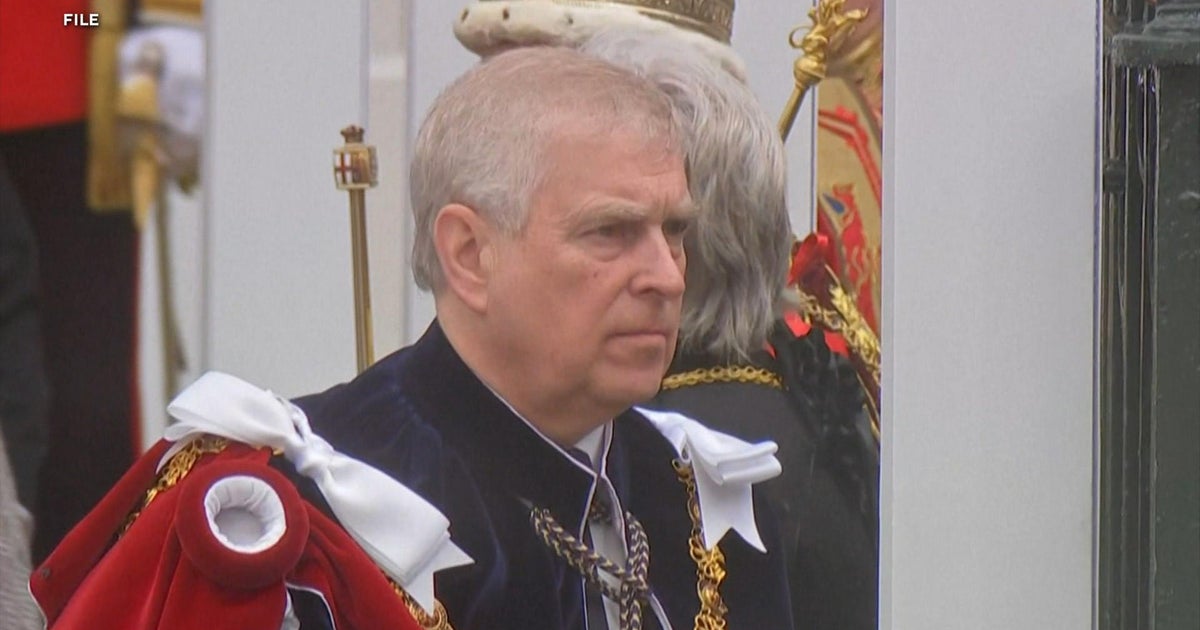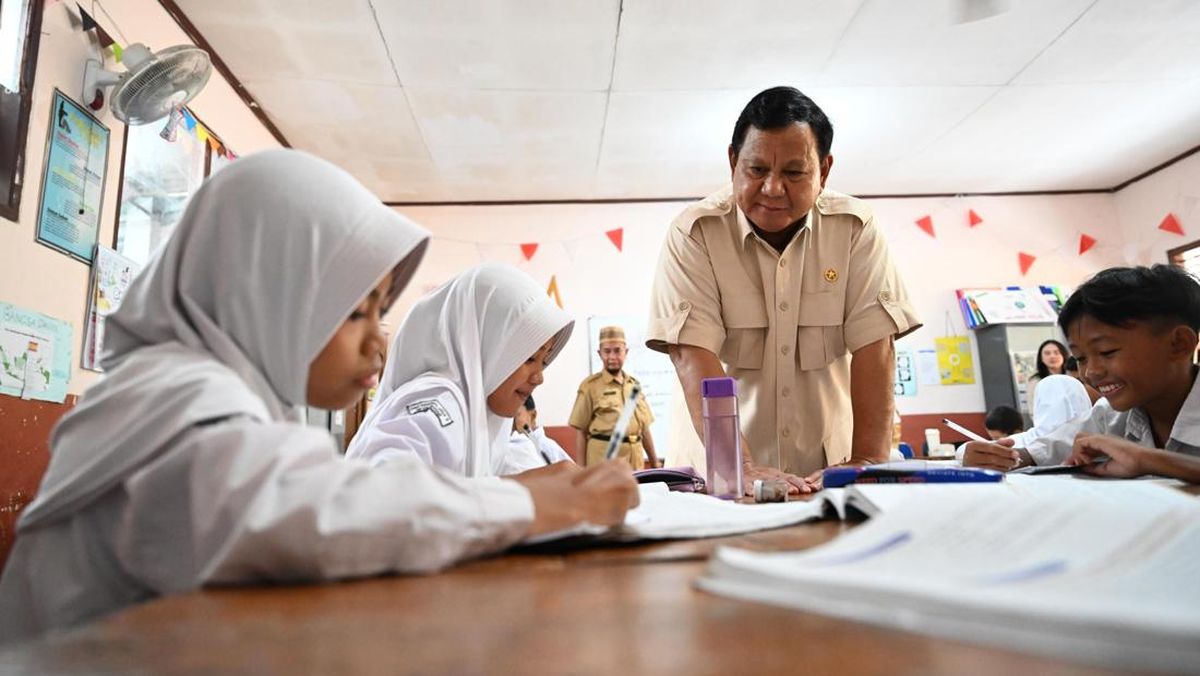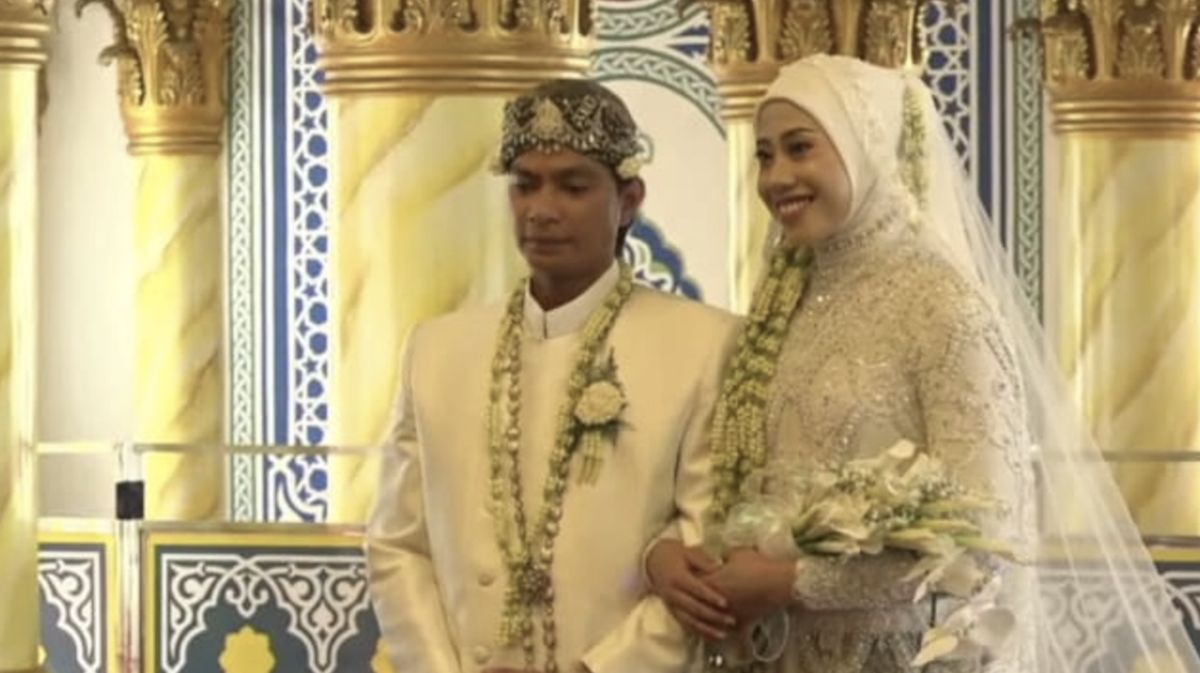Fur is flying in a clash between breeders and conservationists over Australia’s restriction on importing the Bengal cats, with the popular breed’s supporters denying claims it is a “genetic monster” that will further decimate native animals.
Bengals are a common house pet that have been bred from domestic cats and the Asian leopard cat, a wild species that lives in forests across Asia. They had been permitted for import since 1996 but were effectively banned by the federal government in March, due to the risk of escaping captivity, hunting native wildlife and mating with feral cats.

Invasive Species Council rewilding manager Rob Brewster said Bengals are “supercharged cats” that would create new risks to native wildlife. Credit: James Brickwood.
An alliance of cat breeding groups from around the country have made a joint application to the federal government seeking to have their beloved Bengal cats put back on the list of permitted live animal imports.
Cat fanciers argue while Bengals are bigger and more athletic than typical domestic cats, they do not present a unique threat to native wildlife in Australia.
More than a dozen major and local cat breeding organisations including the Australian Cat Federation told this masthead that Bengals are five generations removed from Asian leopard cats, which comprise less than 5 per cent of the breed’s genetic make-up, and that breeders would only sell to owners that can ensure their cats do not escape their premises.
“Suggesting they retain wild traits or pose a higher threat to wildlife is inaccurate and misleading,” the cat breeders said in a statement.
“Responsible breeders insist on when vetting potential owners is for kittens to be contained or not allowed out unsupervised.
“Escapes can occur with any breed if containment measures are neglected, but with proper care and secure housing, the risk is minimal.”
Loading
The breeders’ application to the government said imports were needed to boost Bengals breeding stocks, due to “decline in genetic diversity within the breeding population”. It said, while Bengals have an energetic personality, they presented no more threat to wildlife than other domestic cats.
Roaming pet cats kill 546 million animals a year in Australia, including 323 million native animals, according to Australian National University research conducted for the Biodiversity Council, Invasive Species Council and Birdlife Australia.
In addition, there are up to 5.6 million feral cats in Australia, which kill more than 1.5 billion native mammals, birds, reptiles and frogs, and 1.1 billion invertebrates each year.
Feral cats are considered the top threat to native wildlife.
Conservation group, the Invasive Species Council is opposed to permitting Bengal cats, describing the breed as a “genetic monster” that would reproduce with feral cats and add more deadly hunting traits to the population.
Bengals males can weigh up to 8 kilograms, significantly more than a typical house cat. They are athletic and like water.
Invasive Species Council rewilding manager Rob Brewster, who oversees the group’s habitat restoration, said importing more Bengals was “chilling for anyone who loves the environment”.
He said it was inevitable that some Bengals would escape captivity and have offspring with other feral cats, given “you only need a few breeding pairs” to establish a feral population in a new area.
“You can imagine what would happen when have this supercharged cat roaming around our ecosystems. It’s lining us up for another 250 years of devastation.”
Feral cats kill bandicoots, bettongs, bilbies, potoroos and many quoll species. Brewster said feral Bengals or their interbred offspring could target larger prey or hunt in riverside habitat that is not currently a hotspot for feral cats.

Sarah Jones with her Bengal cats Bitzie and MnM at Melbourne’s Oz Feline Fair in May.Credit: Wayne Taylor.
“These are the animals that Australians view as, you know, what makes the Australian bush Australian. Other than massive kangaroos and koalas high up in a tree, most things are at risk,” he said.
Environment Minister Murray Watt has final say on the cat breeders’ application to import Bengals. He was contacted for comment.
The Environment Department will provide information to the minister to inform his decision. A department spokesperson said in a statement it would be inappropriate to comment on an ongoing assessment.
Most Viewed in Politics
Loading

